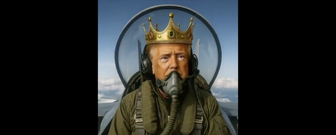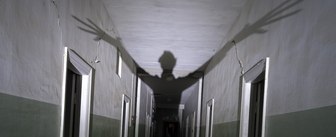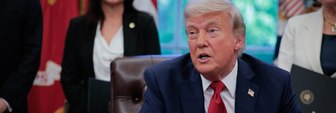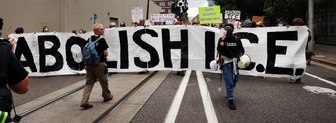This question obviously has important implications for who wins this election. We can start by dismissing the blanket statement that “challengers break for the incumbent.” That is not true as a blanket statement. See Daron Shaw’s chapter on swing votes in Unconventional Wisdom as well as Mark Blumenthal and Nate Silver.
Another take is Bill Galston’s. He compares 2012 to two other recent elections when the incumbent president was running—1996 and 2004. Based on when exit poll respondents said they decided, he finds that those who decided in the week before the election were more likely to vote for Dole and Kerry.
I am going to do this differently. I don’t really trust voters to tell pollsters when they have made a decision. Much of our decision-making is essentially subconscious. Instead, I am going to assume that undecided voters will gravitate to the choice that their preexisting opinions would predict. This assumption is actually a well-known finding in research on campaigns, dating back to the earliest studies.
To preview: I find little evidence that the predicted decisions of undecided voters will benefit either Obama or Romney very much.
I will assume that undecided voters will make a decision that reflects three things: their party identification, their approval of Obama (as a “referendum” model would suggest), and how favorably they feel toward Obama and Romney (the difference between how they feel about each candidate, as a “choice” model would suggest). I estimate this model on all decided voters and then predict the choices of the undecided voters based on the model’s results. The model predicts the choices of decided voters correctly 99% of the time, which is no surprise given the factors in the model.
The model assumes, crucially, that each of these factors will be weighted the same way by both decided and undecided voters. This assumption could be incorrect, of course. But some such assumption is necessary to estimate the preferences of a group that hasn’t expressed one (yet). The data for the analysis come from the three YouGov national polls conducted since the first presidential debate. This provides a total of 3,000 respondents, of whom 195 (6.5%) said that they were undecided.
Here’s the first finding. The model predicts that these undecided voters will split almost exactly evenly: 50.1% for Obama and 49.9% for Romney. There is substantial uncertainty in this estimate, naturally. The 95% confidence interval for Obama’s predicted vote share is 44% to 56%.
A small number of other respondents (3%) indicated that they will vote for a third-party candidate. If we include them along with undecided voters—assuming that at least some third-party voters will end up voting for a major-party candidate—then the prediction is 52% Obama and 48% Romney. Again, the uncertainty means that this is not any real “lead” for Obama.
If we focus on those undecided voters who either have voted or say they “definitely” will vote—this is about 58% of undecided voters— the balance tilts more toward Romney: 44% Obama vs. 56% Romney. As in polls more generally, Romney tends to do a bit better among self-described likely voters than among voters as a whole. (Again, insert caveat about uncertainty.)
However, consider the math here. Assume that only these likely undecided voters (the 58%) actually make it to the polls. You’ve got 56% of 58% of 6.5% voting for Romney and the rest for Obama. This would add at most 0.4 points—that is, less than half of 1 percentage point—to Romney’s margin over Obama nationwide. That is, if you assume the model is correct, that we can safely ignore the underlying uncertainty, that only these undecided voters will vote, and so on and on.
The lesson I draw from this analysis is: how the undecideds “break” may not be consequential in this election. As Nate Cohn notes, the mobilization of partisans could be more consequential than the persuasion of undecideds. This is consistent with some of the evidence in Robert Erikson and Christopher Wlezien’s Timeline of Presidential Elections. They find that in the 1952-2008 presidential elections, the eventual outcome is usually slightly less favorable to the winner than the final national polls suggested. Why? It’s mainly about turnout. The “no-shows”—voters who say they are likely to vote but then don’t show up (see Erik’s post)—tend to favor the winner.
Because there is no clear projected winner in national polls at this point, it is hard to say whether the no-shows would disproportionately hurt Romney or Obama. Regardless, my analysis, plus this systematic feature of past elections, suggests that late decisions by the undecided voters may not be the, er, deciding factor in 2012.









